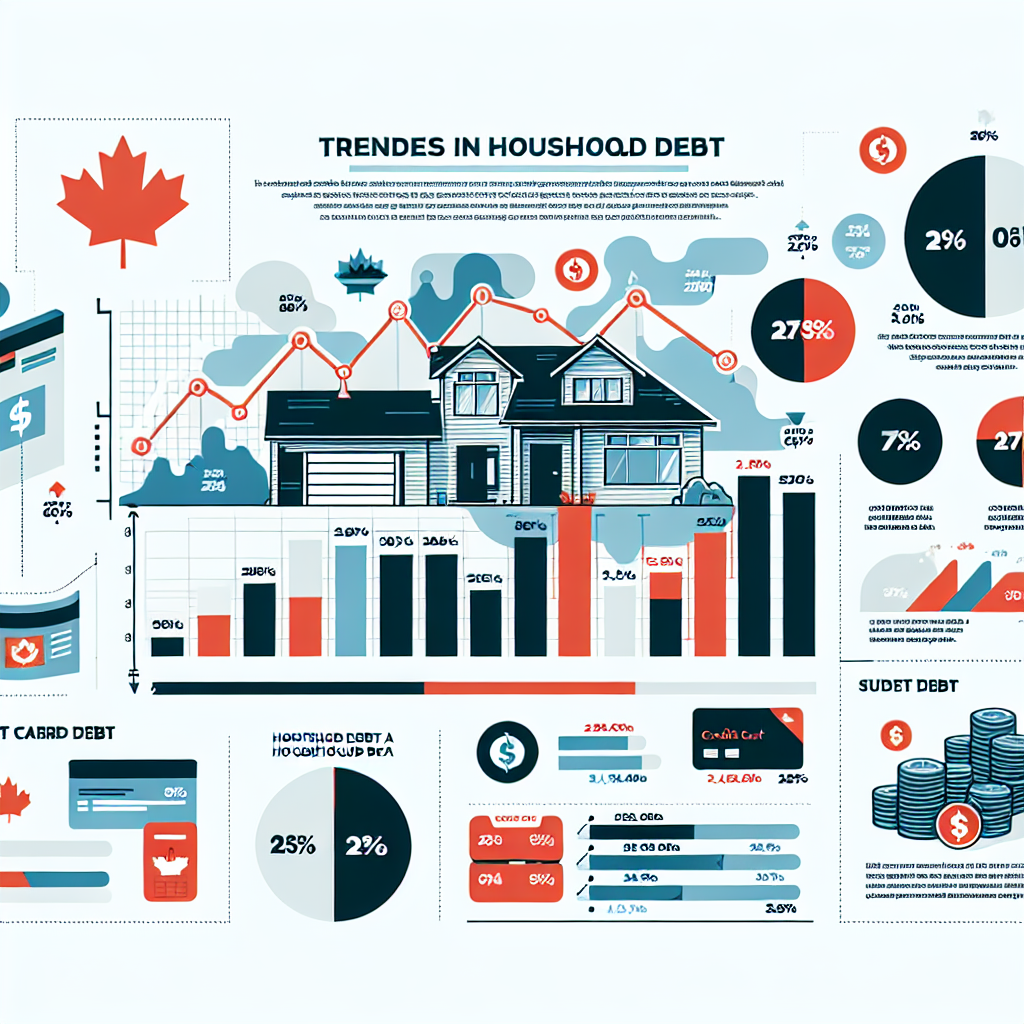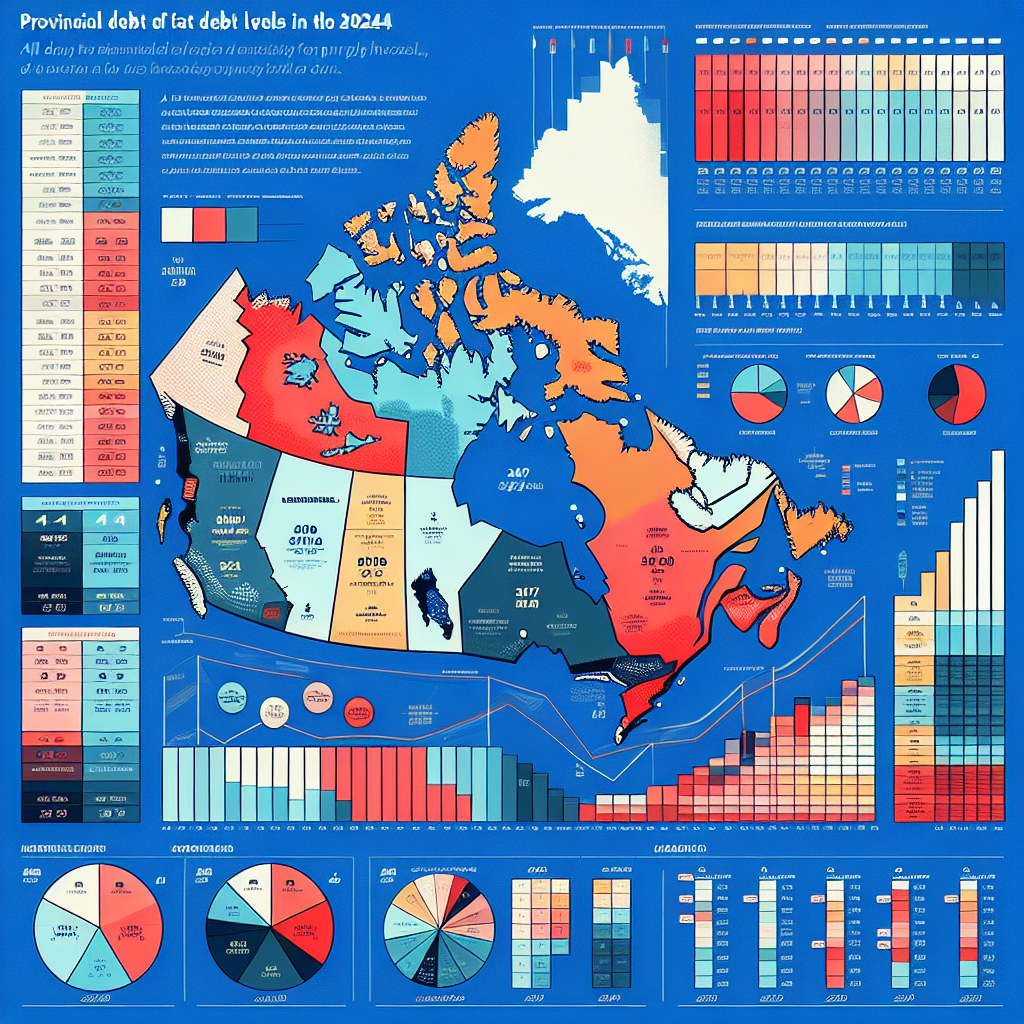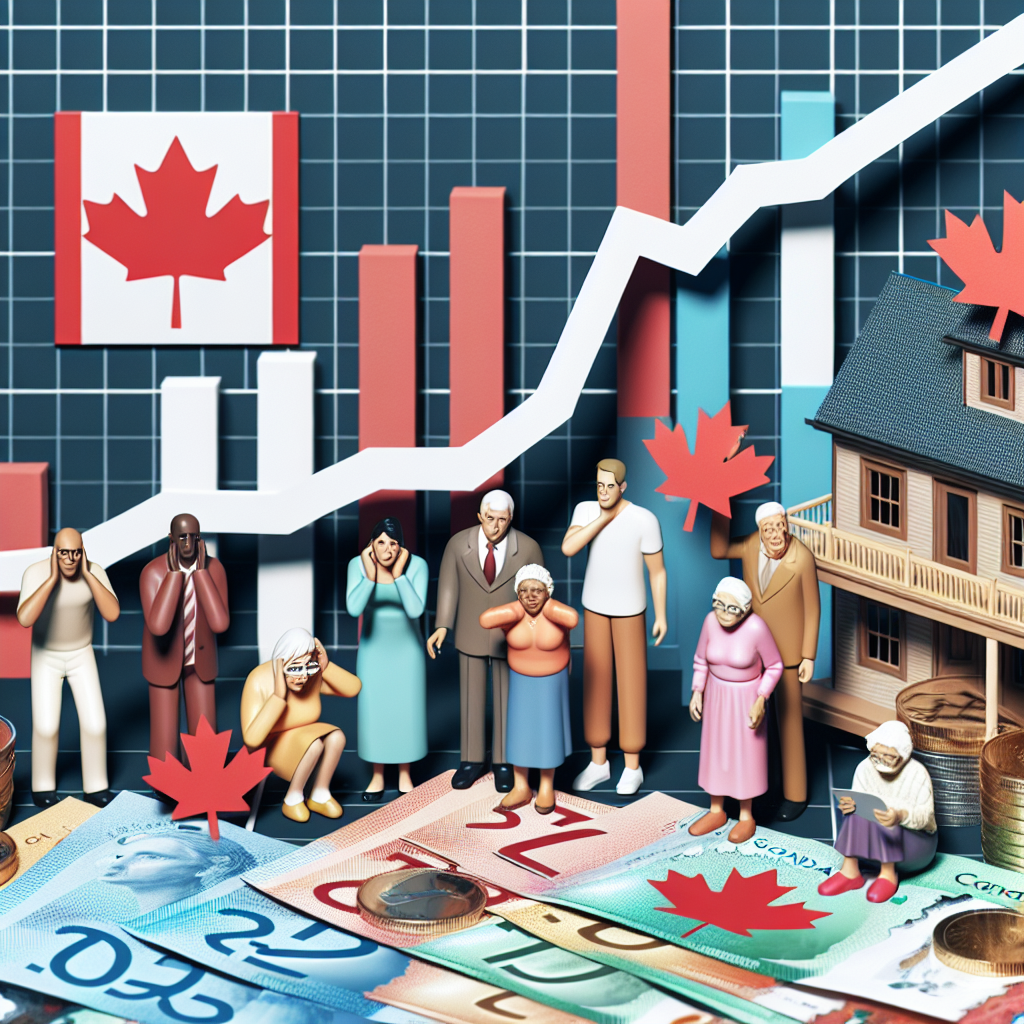===
Household debt trends in Canada 2024 reveal a landscape rife with complexities and challenges that many Canadians face daily. As rising living costs, interest rates, and economic uncertainties loom large, the burden of debt has become an alarming reality for countless households. Understanding the nuances of these trends is vital for anyone looking to navigate their financial future successfully. This article delves into the current state of household debt, its driving factors, and what lies ahead, arming readers with the essential insights to make informed financial decisions.
Understanding the Current Landscape of Household Debt in Canada
As of 2024, Canadian household debt stands at staggering levels, marked by an average debt-to-income ratio that frequently surpasses 170%. This statistic highlights a pressing issue: many Canadians are borrowing not just for major purchases like homes and vehicles but also to cover daily expenses. Compounding this situation is the increasing reliance on credit cards and personal loans, leading to a precarious financial state for many families. The implications of high debt levels are profound, with increased financial stress and limited flexibility in emergency situations.
The landscape is further complicated by regional disparities. For instance, households in urban centers such as Toronto and Vancouver often experience higher debt levels than those in rural areas, primarily due to soaring housing prices. This urban-rural divide raises critical questions about affordability and financial stability across different demographics. Additionally, the burden of debt is not equally distributed; younger Canadians, in particular, are facing significant challenges as they enter the workforce amidst high living costs and limited job security.
Moreover, the psychological impacts of household debt cannot be overlooked. Many individuals report feelings of anxiety and fear regarding their financial situations, leading to a cycle of stress that can affect overall well-being. As debt levels continue to rise, understanding these emotional undercurrents becomes essential for developing effective strategies for management and reduction. The need for education around financial literacy and debt management has never been more urgent.
Key Factors Influencing Debt Trends in 2024 and Beyond
Several pivotal factors are shaping household debt trends in Canada as we move through 2024. One significant influencer is the trajectory of interest rates. With the Bank of Canada cautiously navigating a post-pandemic recovery, fluctuations in interest rates can have immediate effects on variable-rate loans and mortgages. As rates rise, so too do monthly payments, which can strain budgets and exacerbate existing debt challenges. Canadians must remain vigilant, monitoring economic indicators that could impact their borrowing costs.
Another crucial element in the debt equation is the cost of living. The relentless rise in prices for necessities like housing, groceries, and transportation forces many families to rely on credit to maintain their lifestyle. This trend is particularly evident among younger generations, who often find themselves trapped in a cycle of borrowing just to keep up with escalating costs. As inflation continues to weigh heavily on household budgets, the consequences of excessive debt become more pronounced, leading to difficult choices around spending and saving.
Additionally, societal attitudes towards debt are shifting. Where once borrowing was seen as a necessary means to achieve the "Canadian dream," there is now a growing awareness of the potential pitfalls of over-indebtedness. More Canadians are seeking to adopt minimalist lifestyles and prioritize savings over consumption, reflecting a cultural pivot in how debt is perceived. This transformation could pave the way for innovative financial solutions that promote responsible borrowing and encourage sustainable practices in personal finance.
===
As we navigate the complexities of household debt trends in Canada 2024, it’s clear that awareness and proactive measures are essential for financial health. Understanding the factors influencing these trends can empower individuals to make informed decisions, fostering resilience in the face of economic challenges. Whether you’re grappling with debt or seeking to build a robust financial future, knowledge is your most powerful ally. Stay informed, stay engaged, and take charge of your financial destiny to mitigate the impacts of debt in your life. For further exploration, consider connecting with financial advisors or accessing community resources designed to promote financial literacy and well-being.
Analyzing the Impact of Inflation on Canadian Debt in 20242024 Outlook: Debt Servicing Costs for Canadian HouseholdsAnalyzing Corporate Debt Trends in Canada: 2024 InsightsRelevant LinkRelevant LinkRelevant Link



